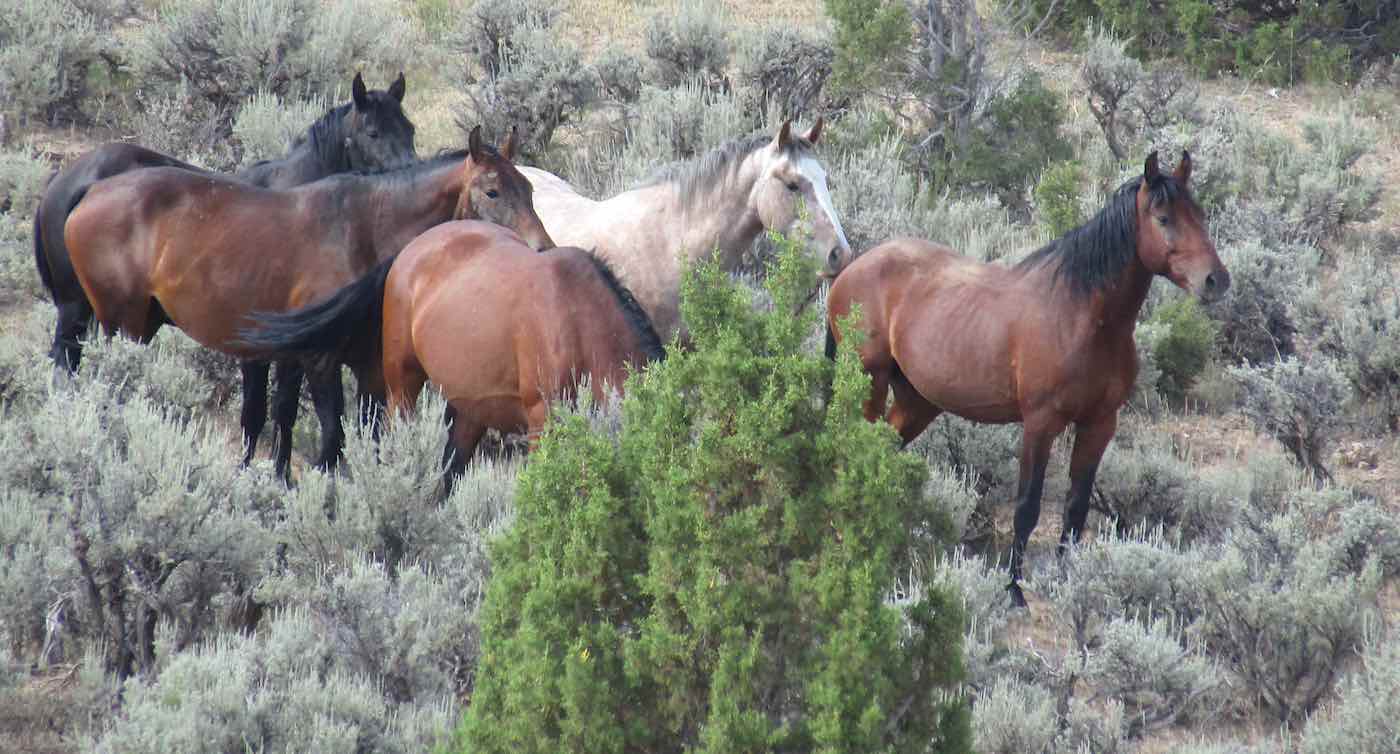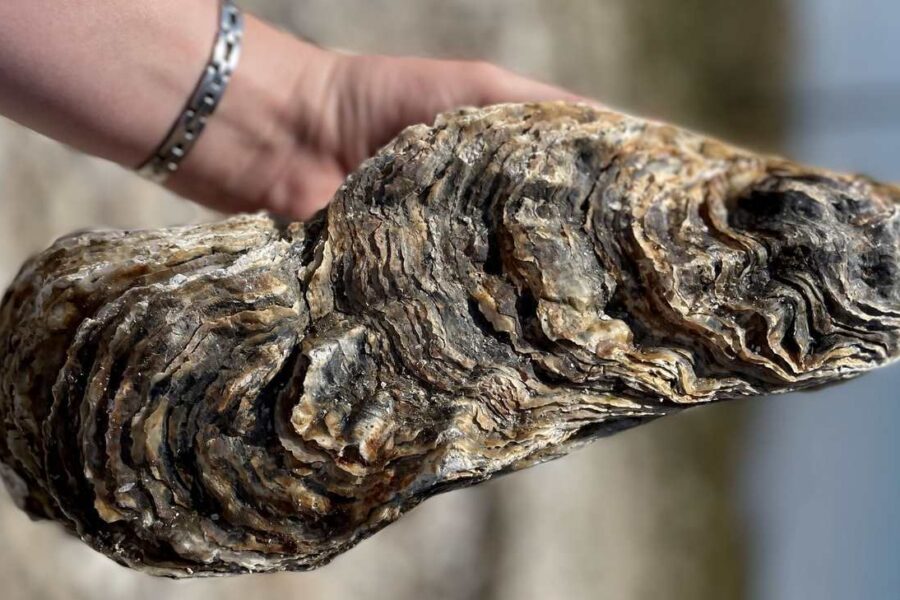A decade ago, a Great Dane named Walter unknowingly affected the course of northwest Colorado’s history. While on a walk with his owners near Rangely, Colorado, Walter stumbled upon a peculiar rock that turned out to be an astounding 74 million-year-old fossil. This significant find is now known after its canine discoverer – the Walter fossil.
The same year this extraordinary fossil was discovered, Colorado’s coal industry hit a twenty-year low. Craig’s power plant and coal mines were projected to close by 2030, leading to several businesses shutting down in Craig. Witnessing this, Liz Johnson came up with an innovative idea: converting one of the vacant buildings into a dinosaur museum to boost tourism.
The fossil discovered by Walter was identified as a nearly complete specimen of Hadrosaurs—also known as the “cows of the Cretaceous”—that once roamed in large herds across prehistoric North America and Eurasia. What made this discovery truly exceptional was not only its representation of a new species but also the additional findings of Daspletosaurus tooth fragments, possible dinosaur skin pieces, and ancient plant imprints—all preserved in a mud and sand sarcophagus for millions of years!
When it was announced that such discoveries would have to be sent to approved repositories usually located in major cities like Denver or Washington D.C., Liz Johnson advocated for keeping the findings local. Her idea aligned with the interests of the federal government, enabling her, with assistance from the Bureau of Land Management, to ensure these fossils remained in their place of discovery: Craig County!
In the following five summers, students and community volunteers dedicated countless hours to excavating Walter’s remains, even devoting their weekends to carefully cleaning the fossils. Furthermore, since 2011, tourism has been steadily increasing around Dinosaur National Monument (approximately 100 miles away). Though tourism does not generate as much revenue as mining once did, supporters are hopeful that paleo-tourism could bring new appeal and contribute to Craig County’s future success. As Liz Johnson aptly put it: “This place used to be a swamp; now it’s high desert… Change is constant; we have to change too.”
Walter the Great Dane has undeniably left his mark on northwest Colorado history. His namesake fossil discovery has not only sparked interest in paleontology but also inspired hope for an economically brighter future through paleo-tourism.





Leave a Comment